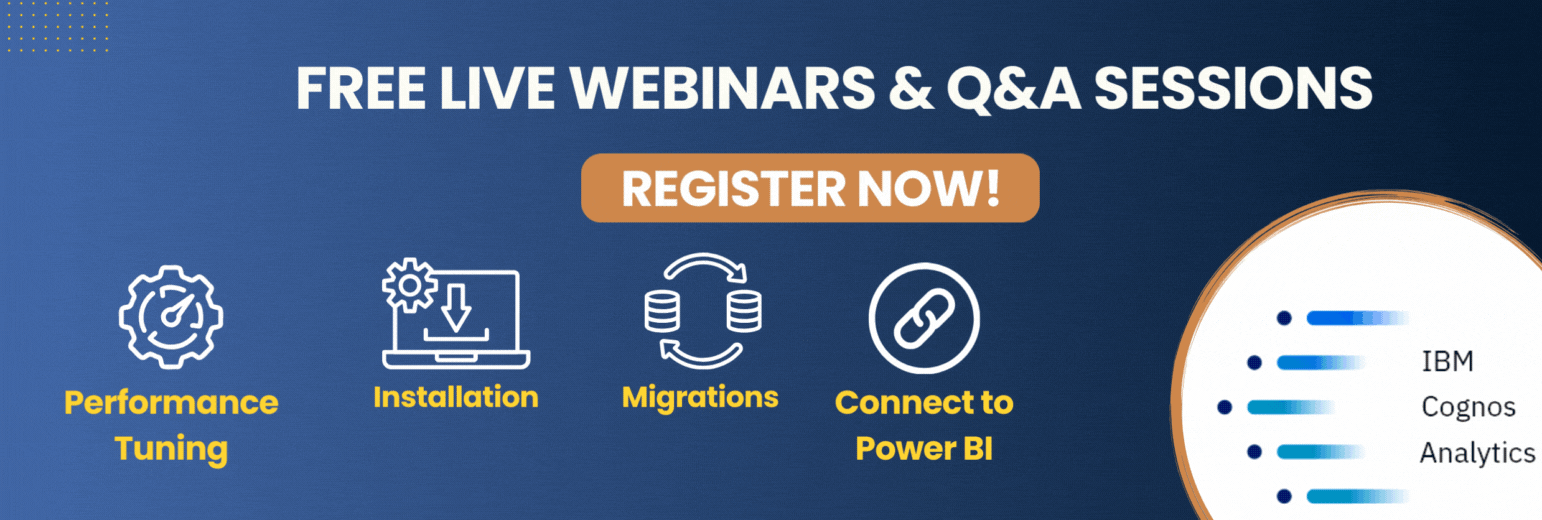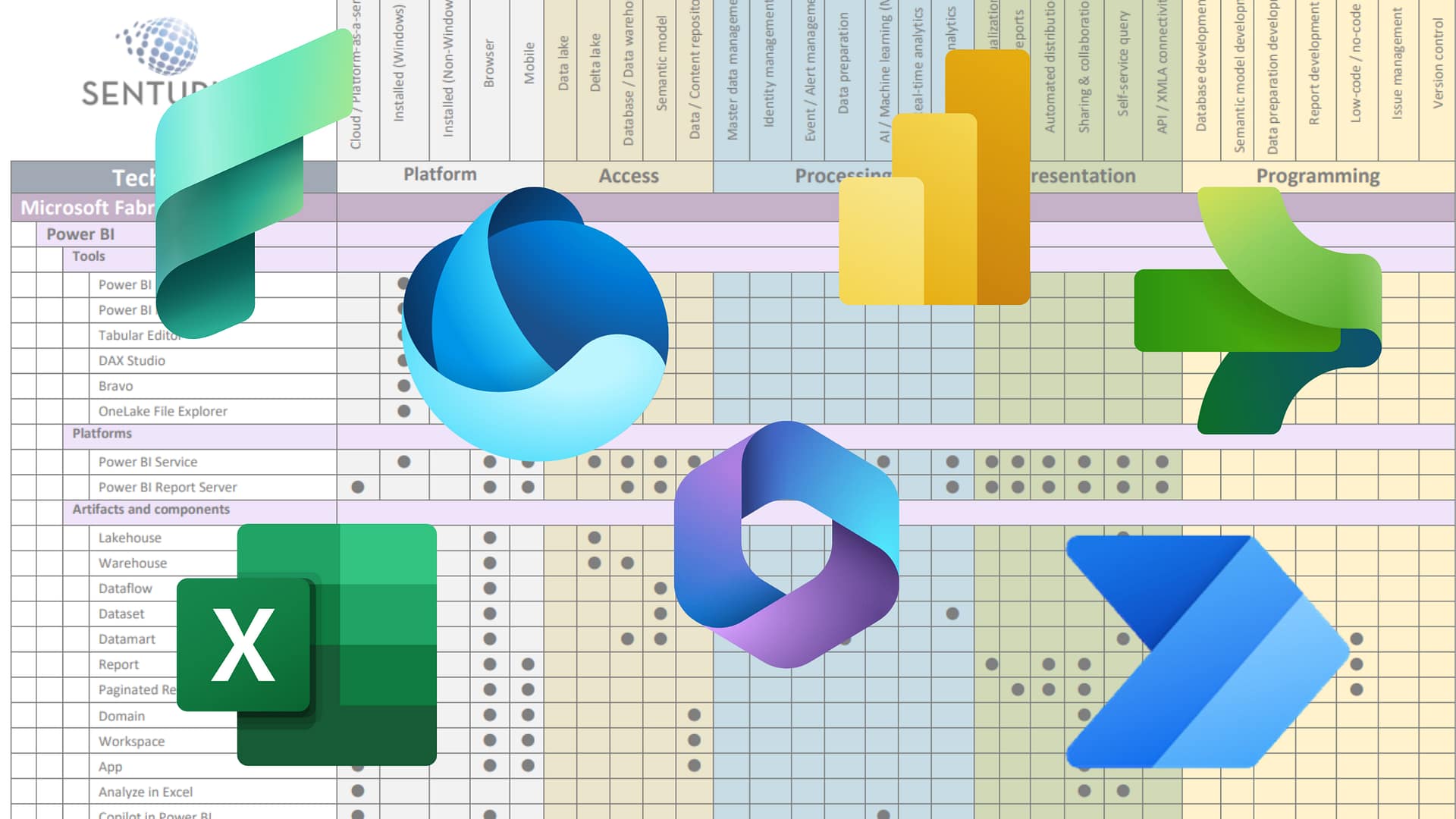With all the capabilities that have been added to Cognos Analytics, it can be unclear as to which is the right choice, a report or a dashboard? There is no simple answer—the choice depends on the business use case. Read on for a reference guide that compares the differences in functionality of Cognos Analytics reports and dashboards to help you decide the best tool for your needs.
Dashboard characteristics
Dashboards typically have the following characteristics or features
- Multiple visual representations of data on a single screen
- Interactivity, allowing consumers to narrow their focus and understand interdependencies of the data via visual gestures
- High-level measurements with access to underlying details via drill down, drill through or some other intuitive data exploration gesture
Report characteristics
Reports are typically defined as those in which information is delivered in any format
- Excel workbooks – mostly tabular (row and column) format
- Easy to combine with graphical representations (visualizations) of same, similar or related data
- Mostly static (NOT interactive) snapshots of data
- Answer specific questions; meet detailed, well-defined specifications
- Can be highly formatted for the target consumer (internal business analyst, external customer, regulatory agency)
Reports and dashboards: reference guide
| Cognos Analytics Reports | Cognos Analytics Dashboards |
|
Highly specific presentation requirements, like fixed size, pixel-perfect layout and formatting |
Data discovery and experimentation – don’t know exactly which question(s) to ask |
|
Extensive data manipulation |
Little or very light data manipulation |
|
One source at a time |
Multiple data sources (cannot be linked) |
|
Limited user interactivity to what Author allows |
All widgets interactive |
|
Tedious inline filtering (prompting) |
All widgets connect automatically to one another by default |
|
Use layout component references for templatization/standardization |
Use pinned items to reuse in dashboards and stories |
|
Various delivery formats available (HTML, PDF, Excel, CSV, XML) |
Designed for on-screen consumption, able to export to PDF for printing (as of 11.0.10) |
|
Advanced query modeling (master/detail, joins, sets) |
No access to query model |
|
Consolidate reports using report references |
Simplified tabbed layout |
|
Robust scheduling, subscription and bursting |
Widgets can be set to refresh automatically |
|
Requires data module or package (you can always create a data module on top of one or more of the source types) |
Can use any source, including uploaded files and data sets |
|
Advanced crosstabs, statement-style reporting |
Tabular visualizations available, very limited |
|
Tight control over visualization and chart properties |
Automatic visual interpretation and recommendation, more modern visual features, limited control over individual properties |
|
100% user-directed design |
Quasi Natural Language Processing (NLP) search and recommend visualizations |
|
Labor intensive to add tabs to reports |
Easily create tabbed viewing experience |
The right tool for the job
Our mantra here at Senturus is use the right tool for the job. In this case, you want to make sure to match the tool’s capability to the business requirement. To get a more complete understanding of dashboards and reports in Cognos Analytics along with use case demos, catch our on-demand webinar on the subject. We look further into the differences between the two, best uses for each and examine aspects including the best place for experimental data discovery and defining data modules and stories.


